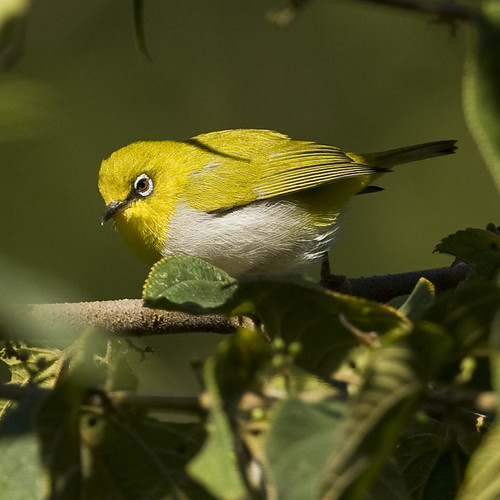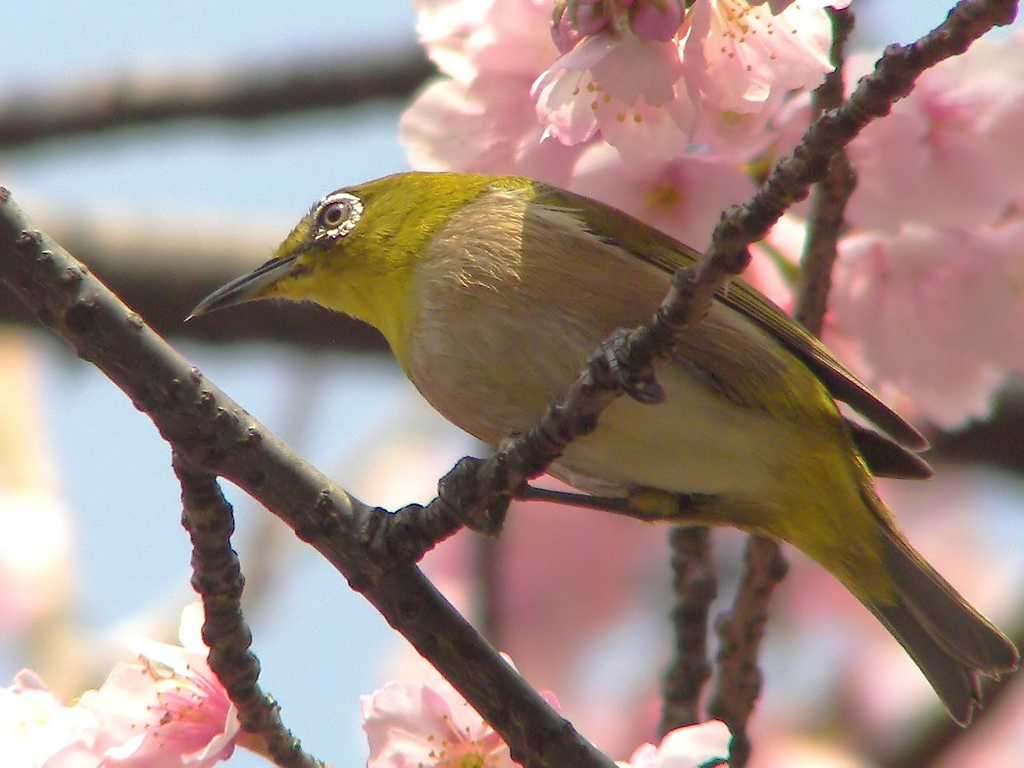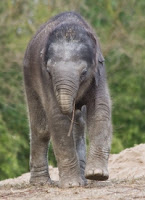The Mekong river begins in Vietnam, flowing down into the Mekong basin in Cambodia, there it continues down into the Tonle Sap river. Over the years the Tonle Sap river has become one of the largest freshwater productive fisheries in the world. It helps to support and diversifies from the species and has become the home to some of the worlds, most endangered species of fish as well as reptiles and birds.
Giant Gourami - this fish is 50 cms when fully grown. Its scientific name is (Osphronemus exodon) Its natural habitat includes East Asia, Cambodia. China, Thailand to name but a few. It has been introduce to other countries because it is well liked. It's habitat is in cool lakes and rivers of the Mekong. During the wet season it makes its way up stream and does not return until after the wet season. When the river is low the Gourami migrates and in stagnant water it lays it's eggs near to the shore.
Giant Catfish (Pangasianodon gigas) all of wild life enclosed are red listed which puts them into the category for critical endangered species to name but a few. The last giant catfish which was caught in the Mekong, it weighed approximately six hundred pounds and was eight feet long. The catfish similar to the salmon swim up stream to migrate. The difference between the two fishes is that the giant catfish lives in the muddy water at the bottom of the river where as the salmon swim in from clearer waters, yet the still both swim thousands of miles up stream when they migrate. Over recent years due to over fishing, pollution, lack of damming, these fish are now in decline. It is believed that over one hundred years ago there were around 1000 individual species. Due to the rapid decline in numbers they are trying to catch and tagging them before setting them free.
The people of Cambodia rely on the Mekong to provide fish for market but if the Mekong river can't support the fish, then it wont be able to support the people either.
Birds, Reptiles and Monkey
The Redheaded Vulture (Sarcogyps calvus) The vulture has been in decline over the years and the professional's feel this is possibly due to the the local farmers treating their live stock with the various drugs. The vulture's are being poisoned when eat the dead carcasses. According to recent facts there are only 300 vultures left in Cambodia.
Sarus Crane (Boeung Prek Lapouv Sarus Crane) This beautiful bird has red markings to its face and grey body, it stands approximately 5'9" high and is the largest flying bird.
The Bengal floricans (Houbaropis bengalensis) looks similar to a large duck with black plumage to the head, neck and belly. Its wings look white against their black bodies or when in flight. A very rare bird and there are only 500 are left.
One of the reptile species is the Siamese crocodile (Crocodylus siamensis) this is a native to Cambodia. Since the late 1990's this crocodile was thought to be extinct, however due to surveys there are more scattered throughout several other countries.
The Douc monkey (Pygathrix cinerea) which is grey, can be seen close to areas in Angkor City Complex. Their numbers have dropped also.












